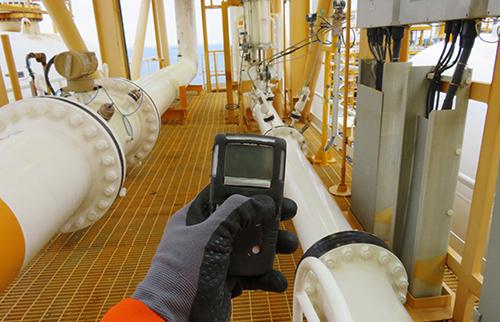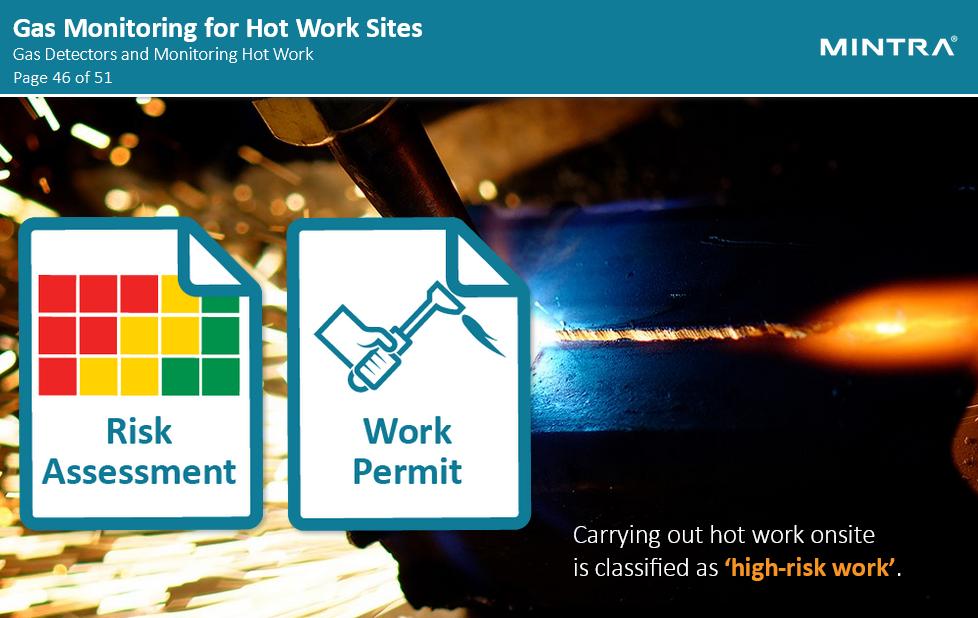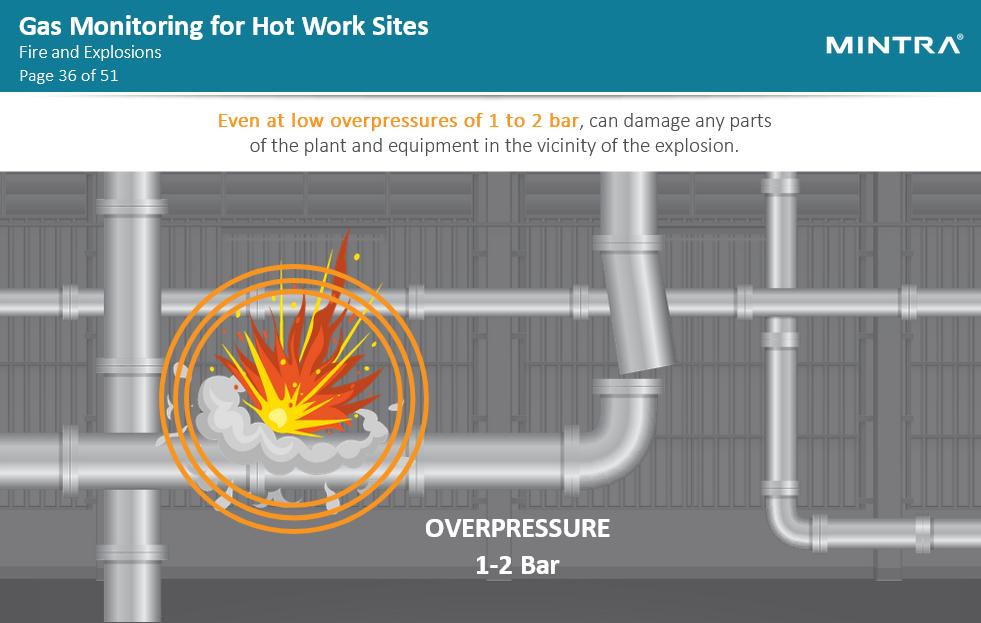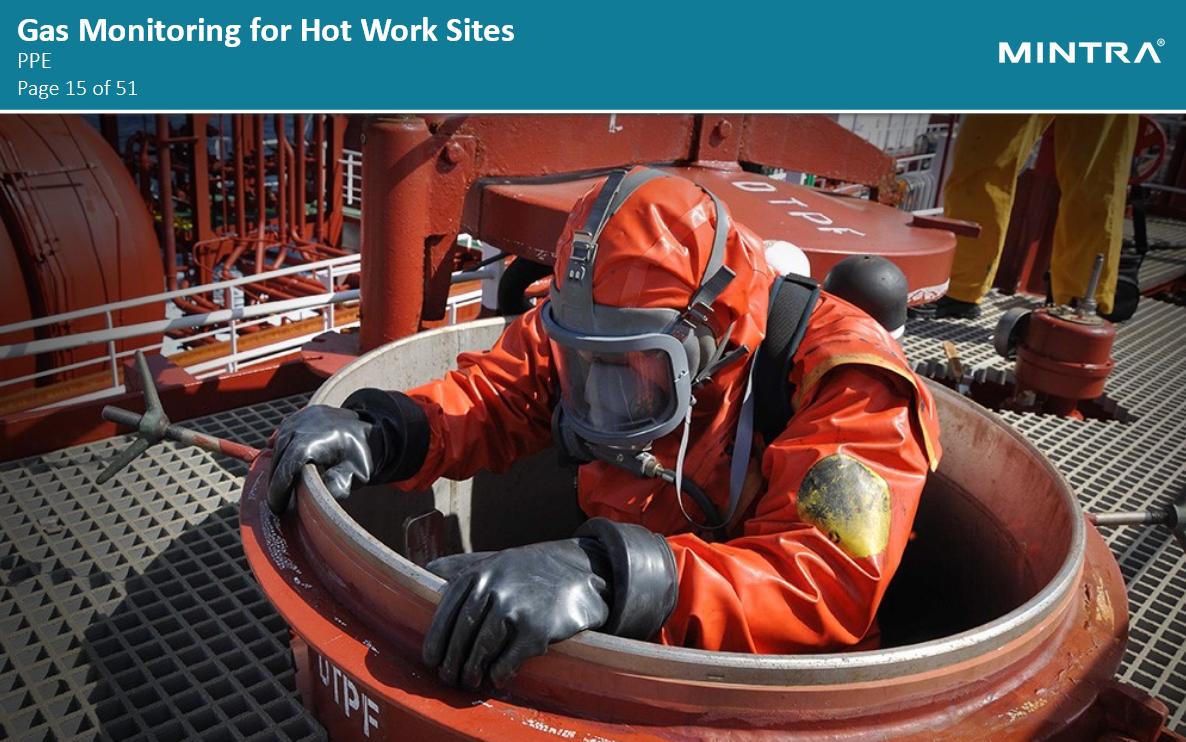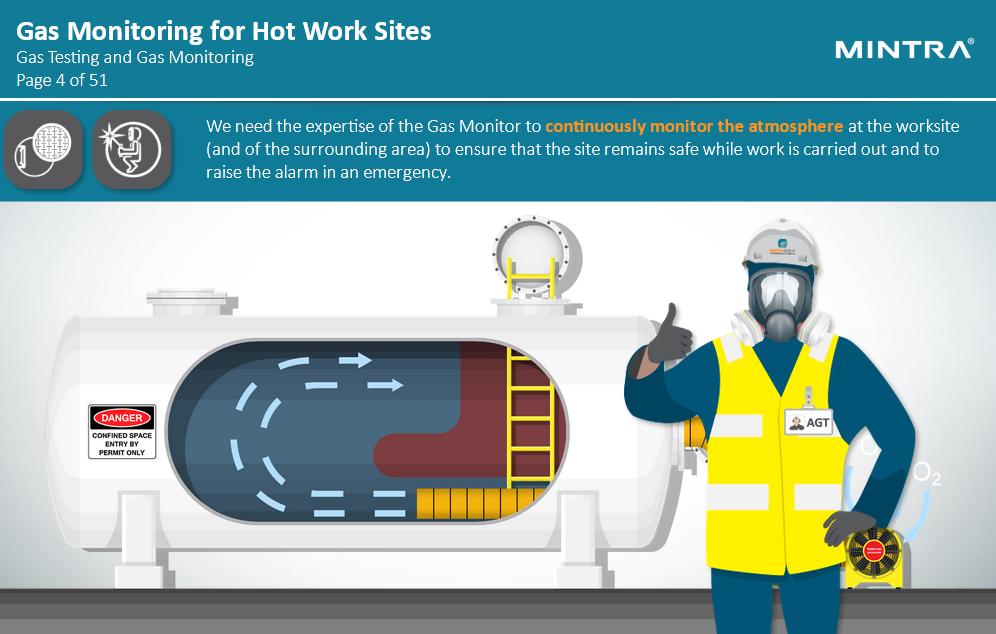Buy and assign to
multiple learners
Instant access
via email link
Instant certificate
via email
Further Information - Gas Monitor Training
Description
Who is this course for?
This Gas Monitor Training course is aimed at Individuals who are responsible for the ongoing monitoring of hot work sites.
Is previous experience required?
You do not need prior knowledge or experience to complete this course. It is assumed that you are competent in your designated role.
How will the course benefit me?
This course will provide you with the skills required to safely carry out the role of a Gas Monitor.
How will the course benefit my company?
This course aims to ensure that personnel are provided with the knowledge and techniques necessary to carry out gas monitoring at hot work sites.
What standards or regulations are referenced in the course?
• The Health and Safety at Work Act• The Management of Health and Safety at Work Regulations
• The Control of Substances Hazardous to Health Regulations (COSHH)
• The Offshore Installations (Prevention of Fire and Explosion, Emergency Response - PFEER) Regulations
• Confined Space Regulations
• EH40 Workplace Exposure Limits (WELs)
Is there an assessment?
At the end of the course, you will be asked a series of questions to check your knowledge and understanding. These are based on the learning objectives for the course and have a pass mark of 80%.
Learning Objectives
• Identify the role of the Gas Monitor
• Identify the consequences of not carrying out the role correctly
• Describe the organisational and statutory requirements in relation to gas testing and the requirements for safe systems of work
• Define what is meant by a confined space
• Discuss the use of PPE and RPE during the risk assessment
• Define the relative densities of each gas and where the Gas Monitor would normally expect to locate them
• Describe the effects of toxic gases on the human body
• Describe how flammable atmospheres can be created
• Define LEL, the explosive envelope and UEL
• Illustrate the formation of gas plumes and the effects of turbulence
• Explain the Fire Triangle
• Identify the need to remove fuel sources to prevent fire and explosions
• Illustrate the effects of explosions and overpressure
• Describe the effects of pool fires and jet fires
• Describe, and explain the general operation of, a generic four channel gas monitor
• Describe the standard checks to be carried out prior to use of the gas monitor
• Describe the use of the gas detector during hot work operations and the role of the Fire Watcher
• Explain the location of the Fire Watcher, the portable Gas Monitor and the actions to take if the alarm is sounded
• Describe the sentinel type gas monitor, its required location during hot work and the alarm response actions
• Describe how consideration should be given to the wind direction and the effect of hot metal and sparks on adjacent areas
Assessment
Exam in the e-learning course
System Requirements
• Internet access - users will need a device with a web browser and internet connection
• System - runs on computers, tablets and mobile devices using Windows 7 and above and MAC OS devices running IOS 11 and above
• Browsers - Edge, Chrome, Firefox and Safari
• Minimum browser size – none
• Audio – requires device speaker or headphones
Reviews
Insights & News
At Mintra, we're so much more than just a team—we're a force driving innovation and excellence in maritime training across Europe.
We’re excited to be taking the stage at one of Europe’s leading showcases of organisational learning.
We are delighted to share the exciting news that our People and Culture team has been shortlisted for the prestigious cHeRries Awards!
